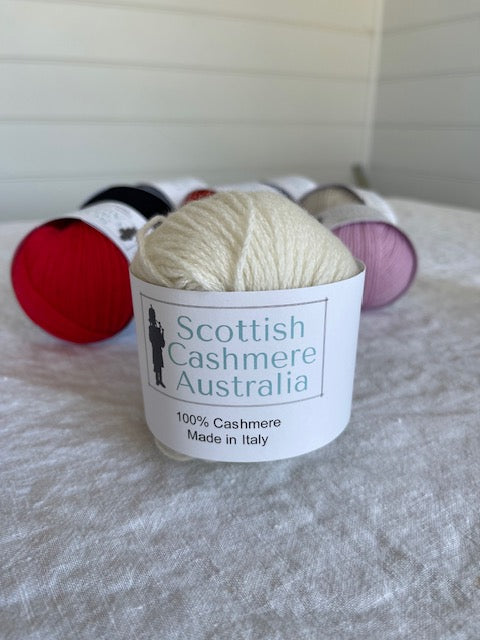What Material Is Cashmere? Understanding Its Unique Characteristics and Uses
What Material Is Cashmere? Understanding Its Unique Characteristics and Uses
Blog Article
Recognizing the Different Sorts Of Cashmere a Natural Fiber and Their Distinct Benefits

The Origins of Cashmere: A Historic Introduction
While the extravagant touch of cashmere remains to appeal modern consumers, its origins map back to the harsh, chilly climates of Mongolia and the Mountain ranges. For centuries, the aboriginal peoples of these areas have been increasing Capra Hircus goats, the prime resource of cashmere woollen. These goats, durable versus the extreme winters, expanded a great undercoat to endure, which later became understood as cashmere. The name itself pays tribute to Kashmir, an area in India where the wool was at first refined. Much of the very early cashmere profession path was helped with by the Silk Road, connecting Asia with the Center East and Europe. In spite of its worldwide spread, the finest cashmere is still thought to stem from the initial areas of Mongolia and the Mountain Ranges.

The Manufacturing Refine: From Goat to Garment
Shearing a Capra Hircus goat notes the inception of the complex cashmere manufacturing procedure. The resultant raw cashmere is after that washed to remove pollutants such as dust, veggie, and oil matter.
The clean fiber undergoes coloring, rotating, and weaving, or knitting, to change it right into a textile. Complex procedures such as quality control checks and completing processes adhere to, guaranteeing completion item keeps the luxurious requirement expected of cashmere. This painstaking procedure, from goat to garment, warrants the high price attached to cashmere products, making them an icon of deluxe and improvement.
The Different Types of Cashmere: An Extensive Analysis

The Unique Benefits of Cashmere: Convenience and Sustainability
Moving from the range of cashmere kinds to the advantages they provide, comfort and sustainability stand out prominently. Cashmere, a natural fiber, is renowned for its unmatched soft qualities, providing a level of comfort that synthetic fibers can not match. The product's agility, yet outstanding warmth retention, makes it optimal for all periods. Cashmere's all-natural flexibility enables it to return to its original shape, making it resistant to reducing or extending.
When it comes to sustainability, cashmere is naturally degradable and sustainable, as it's harvested from cashmere goats that regrow their layers yearly. what is cashmere. Unlike synthetic fibers which can take centuries to decay, cashmere's influence on the atmosphere is minimal. This combination of convenience and sustainability makes cashmere a valuable selection for aware consumers

Taking Care Of Your Cashmere: Upkeep and Preservation Tips
While cashmere is undoubtedly a lasting and extravagant selection, it needs details care to preserve its top quality and extend its life-span. To start, cashmere must be hand cleaned making use of cold water and a light detergent. Cashmere products need to be stored in a trendy and dry place, away from direct sunlight and wetness.
Purchasing Cashmere: Recognizing Its Worth and Worth
Although cashmere may at first appear like a pricey financial investment, its long-lasting value and worth come to be apparent when you consider its remarkable top qualities. Known for its unparalleled soft qualities and warmth, cashmere is a premium all-natural fiber that surpasses various other products. Investing in cashmere, as a result, is not simply about present fashion patterns, yet about welcoming a sustainable, durable, and glamorous way of living.
Conclusion
In recap, the kind of cashmere one picks, be it Mongolian, Chinese, or Italian, is determined by private choices for warmth, high-end, budget plan, and sustainability. Understanding the origins, production procedure, and distinct benefits of different kinds of cashmere can direct consumers in their investment in this description elegant natural fiber.
Whether it's the exceptional warmth of Mongolian cashmere, the price of Chinese cashmere, or the eco-conscious production of Italian cashmere, there's a tale to be discovered behind each fiber kind. Cashmere, a natural fiber, is renowned for its exceptional softness, giving a degree of comfort that artificial fibers can't match.When it comes to sustainability, cashmere is naturally degradable and renewable, as it's harvested from cashmere goats that regrow their coats each year. Known for its unequaled gentleness and warmth, cashmere is a premium natural fiber that outmatches other products. Understanding the beginnings, manufacturing procedure, and one-of-a-kind benefits of various types of cashmere can lead customers in their investment in this lavish natural fiber.
Report this page